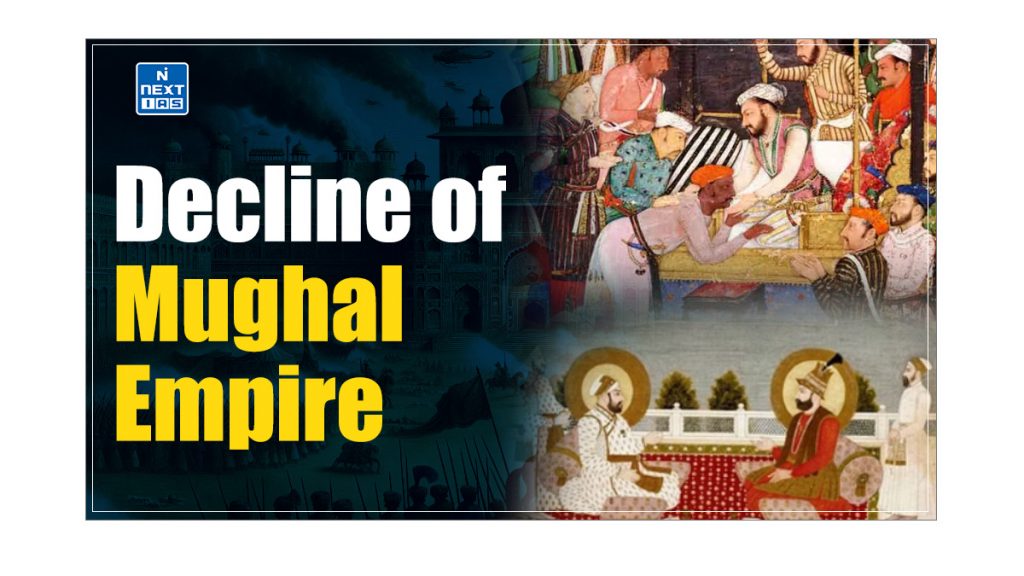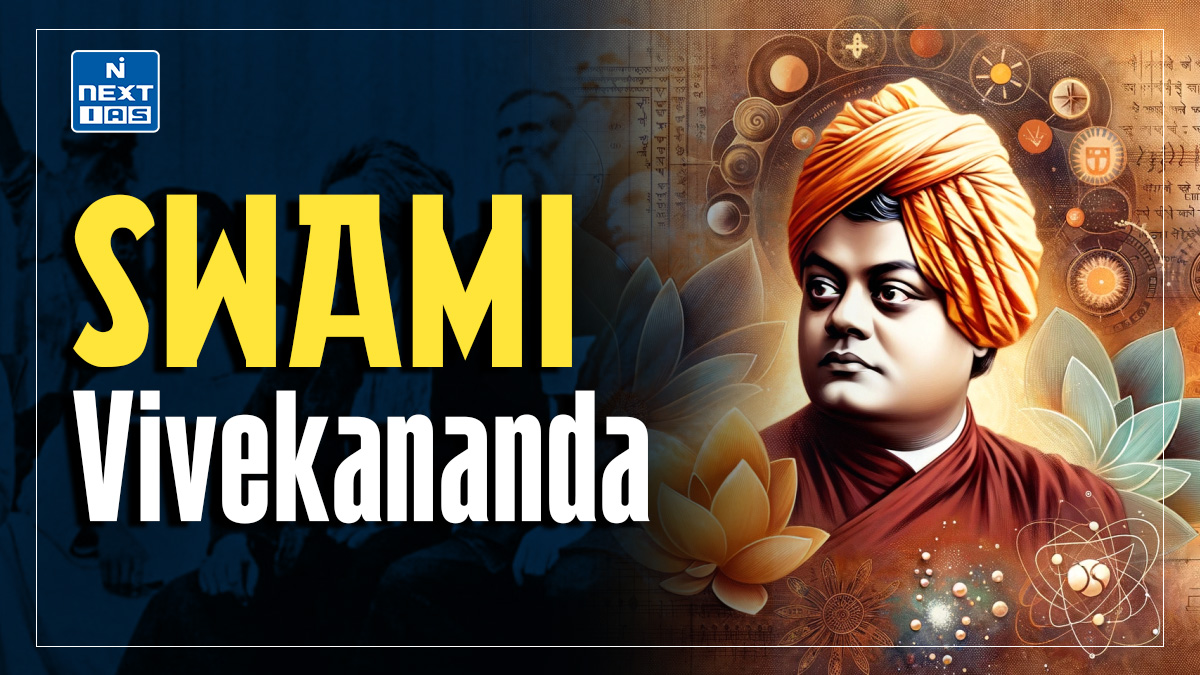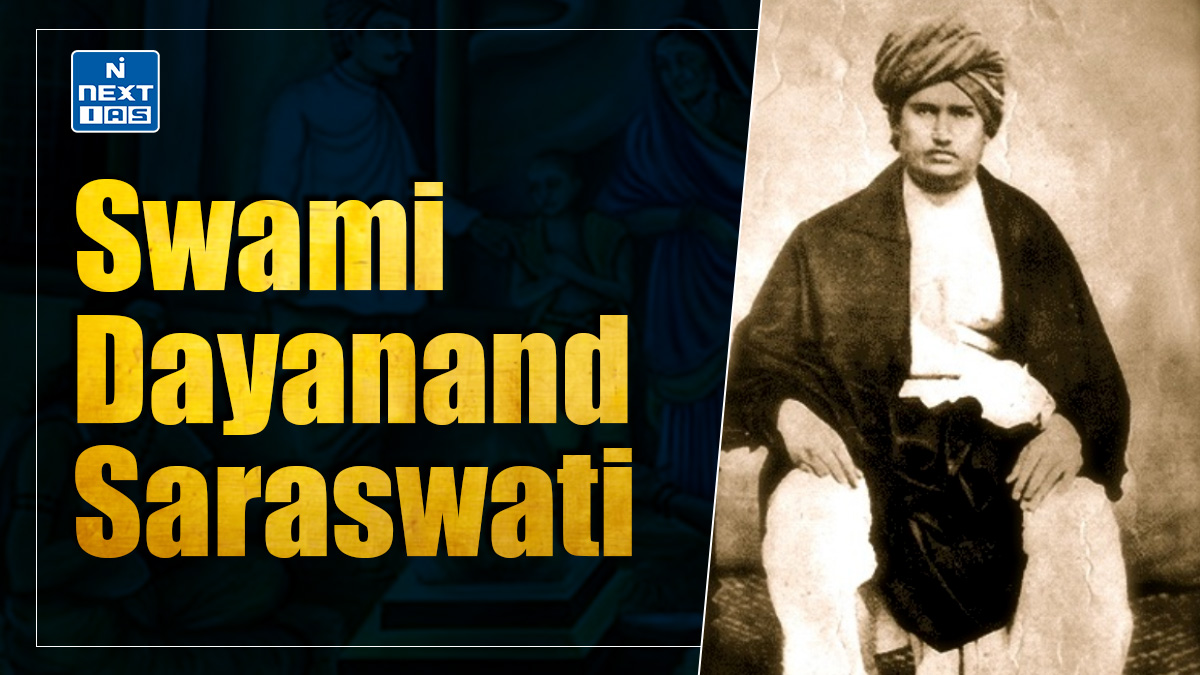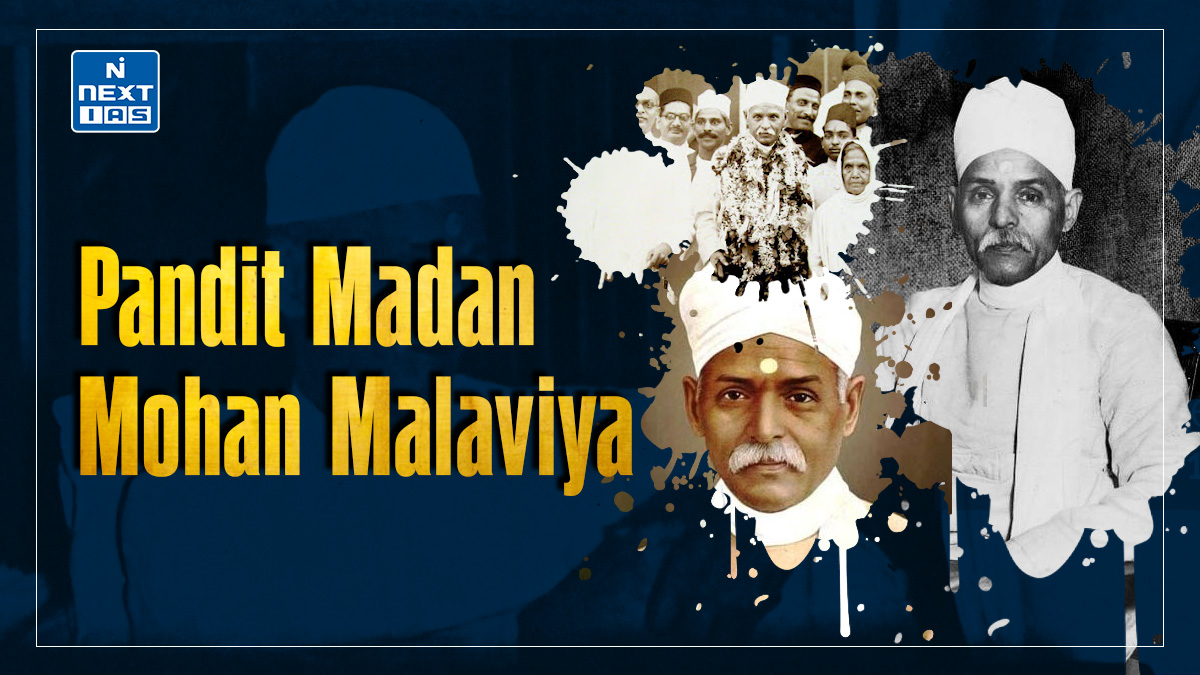
The decline of the Mughal Empire marked the end of a significant era in South Asian history, characterised by its vast territorial reach and cultural achievements. Understanding this decline is crucial as it paved the way for the rise of regional powers and, ultimately, the establishment of British colonial rule in India. This article aims to study in detail the various factors that contributed to the fall of the Mughal Empire.
About Mughal Empire
- The Mughal Empire, a prominent and influential power in South Asia from the early 16th to the 18th century, was characterised by its rich cultural heritage, architectural achievements, and complex administrative structures.
- Founded by Babur in 1526 after his victory at the Battle of Panipat, the empire expanded under successive rulers, notably Akbar, Jahangir, Shah Jahan, and Aurangzeb.
- At its zenith, the Mughal Empire stretched across much of the Indian subcontinent, blending Persian, Indian, and Islamic influences.
Read our detailed article on the Mughal Empire, Humayun, Akbar, Jahangir, Shah Jahan, Aurangzeb, Mughal Administration, Mansabdari System, Jagirdari System.
Causes of Decline of Mughal Empire
The causes of the decline of Mughal Empire are as follows:
- Responsibility of Aurangzeb: Under Aurangzeb’s rule, the Mughal Empire reached its territorial zenith.
- However, it expanded beyond the control of the central authority.
- Controlling such a vast Empire at a time when means of communication were undeveloped was beyond the capabilities of Aurangzeb’s weak successors.
- Moreover, Aurangzeb’s religious policies created discontent in the Empire, leading to rebellions by the Sikhs, Jats, Bundelas, etc.
- His Rajput policy alienated the Rajputs, and his aggressive imperialism against the Deccani states and the Marathas drained the empire’s resources.
- Weak Successors and Nobles: A centralised rule like the Mughals needed strong Emperors to control it.
- But Aurangzeb’s weak successors, who valued luxurious life and ignored the administration, exposed the limitations of centralised rule.
- The military, too, was ignored. This resulted in rebellions, the rise of regional powers, and the strengthening of powers like the Marathas.
- It also led to foreign invasions, which plundered the Empire’s resources.
- The nobles followed the example of their weak Emperors. They either lived luxurious lives or carved out independent states for themselves.
- They also played the role of ‘king-makers’ in the war of succession by organising themselves into various factions.
- This factionalism was so intense that the nobles failed to unite even during foreign invasions.
- Military Weaknesses: The army’s organisation on a feudal basis had its limitations.
- The soldiers held mansabdar as their chief rather than towards the Emperor. This defect assumed an alarming proportion during the later Mughals.
- Also, the military lacked discipline, cohesion, and modern equipment, making the Mughal army unwieldy to manage in wars.
- Military officials were infamous for changing sides. Due to financial crises, soldiers remained unpaid several times. Such a military without coherence and loyalty could not be expected to fight for the Empire.
- Financial Crisis: Aurangzeb’s Deccan campaign emptied the treasury and ruined trade and commerce.
- The wars damaged the standing crops, and thus, the demoralised peasantry gave up agriculture. This further affected land revenue collection.
- Under the later Mughals, the situation deteriorated further. The independence of regional powers affected imperial revenue.
- Moreover, the wars of succession and the lavish lifestyles of the Emperors and nobles emptied the treasury. Payments in the form of jagirs and foreign invasions also affected the Empire’s resources.
- Rise of the Marathas: The Marathas were the most important external cause of the collapse of the Mughal Empire.
- The Peshwas envisaged a policy of the Hindu Empire, which could only be realised with the fall of the Mughal Empire.
- The Maratha ambitions were buttressed by the nature of the Mughal Empire, which failed to unite Hindus and Muslims.
- Many Indian chiefs looked upon the Mughal rulers as foreigners and as enemies of India and of Hindu religion.
- Invasions of Nadir Shah and Ahmed Shah Abdali: The invasions by Nadir Shah and Abdali exposed the Mughal Empire’s military weakness.
- They also plundered the Empire of its financial resources.
- European Companies: The dynamic and progressive West challenged the medieval character of the Mughal Empire.
- In the race of civilisations, the Europeans outperformed the Indians.
Impact of Mughal Rule on Society
The impact of Mughal Rule on Indian Society can be seen as follows:
Political Impact of Mughal Rule
- The political integration of the country brought about by the Turks was consolidated by the Mughals.
- Though primarily confined to northern India, the Mughals’ administration system also indirectly influenced other parts of India.
- The Mughal polity institutionalised the state, establishing many institutions like Diwan-i-ala.
- For over 200 years, the Mughals were able to secure the northwest frontiers of India from foreign invasions. It was only during the reign of later Mughals that the security of the northwest frontier was breached.
- As long as the Mughal Empire was strong, the European trading companies could not fulfil their territorial ambitions.
- One of the Mughals’ critical political failures impacted the country was their failure to build a strong naval power.
- This allowed the European companies to dominate the seas, which subsequently led to the acquisition of political power.
- The Mughal polity was largely secular, except during Aurangzeb’s reign. This helped build harmony and tolerance in the country.
Social Impact of Mughal Rule
- As the state affairs were largely secular, it promoted harmony.
- The establishment of the Mughal rule in India did not help improve the condition of women. Practices like purdah became widespread.
- With the rise of nobility, the social inequality between various classes increased.
- The caste system continued to dominate despite the challenge posed by Islam.
- However, the encouragement of the Sufi movement by Mughal Emperors like Akbar helped build mutual harmony.
- The Mughal Emperors like Akbar tried to modernise the learning by introducing more science subjects of secular interest.
- However, these efforts remained unsuccessful under the pressure of orthodox elements. (As most of the history written during the Mughal period is related to kings, nobles, etc., the impact of Mughal rule on the common people is challenging to ascertain.
Economic Impact of Mughal Rule
- Under the Mughals, the Indian economy remained feudal, resulting in economic disparities. The condition of peasants could have significantly improved.
- Well-minted currency based on silver, the development of roads and sarais, etc., directly impacted the growth of trade and handicrafts.
- However, Indians could not take advantage of growing international trade due to weakness in the naval field.
- The Mughal rule established peace in the Empire, which helped cultivation. However, the condition of peasants continued to be hard.
- The Mughal Emperors were not interested in innovation, so the economy remained backwards in science and technology.
Cultural Impact of Mughal Rule
- The Mughal Empire had elements of a cultural state because the Mughal Emperors patronised art, architecture, and the people of learning.
- The Mughals built magnificent forts, palaces, gates, public buildings, mosques, sarais etc.
- The architecture used red sandstone and white marble, which was notable in the Mughal era.
- The use of the char-bagh style, pietra dura, etc., were the essential contributions of the Mughals.
- Mughals made a significant contribution to the painting. Significantly, the contribution of Jahangir is notable, under whom notable progress in portrait paintings was made.
- The Mughal paintings also influenced regional styles like Rajasthani, Pahadi, etc.
- The Mughal Emperors patronised the people of learning.
- For example, Akbar gave Abul Fazl patronage.
- In Music, significant developments occurred during the Mughal rule.
- For example, Akbar patronised Tansen of Gwalior, who composed various ragas.
- Aurangzeb banned singing in his court, but playing musical instruments was not banned. Also, the reign of Muhammad Shah (1719-48) is known for the development of music.
Conclusion
The fall of the Mughal Empire highlights the dangers of internal discord and external threats, illustrating how even great empires can crumble. Its decline reshaped India’s political landscape and paved the way for colonial rule. The empire’s rich legacy of culture and governance continues to influence modern India, reminding us of the achievements and the lessons learned from this pivotal chapter in history.
Frequently Asked Questions (FAQs)
What were the reasons for the decline of Mughal Empire?
The decline of the Mughal Empire can be attributed to a range of internal weaknesses and external pressures that gradually eroded its stability and control. Following the death of Aurangzeb, the empire suffered from a series of weak successors who lacked the leadership and administrative skills to manage the vast territories effectively. This lack of strong central authority led to administrative inefficiencies and widespread corruption, undermining the empire’s ability to govern effectively.






